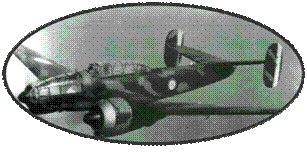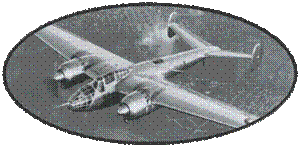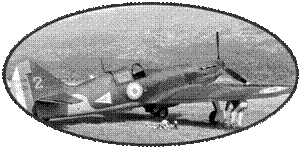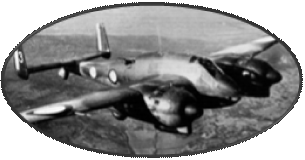50
Hanriot H436 have been built since the date of the first flight
on May 4, 1937.
To
date, of the 50 aircrafts manufactured, 8 are listed in the list
below :

n 1927, the Hanriot company
designed the Hanriot H-43, a classic construction biplane for the
Military Aviation: the Air Force did not exist yet. The aircraft,
intended for the Training, is of mixed construction, wood and steel
covered. The two wings have a slight arrow and the lower wing, smaller,
is set back. The structure of the fuselage, constituted by covered
tubes integrates two independent cockpits arranged in tandem. The
aircraft is motorized by a radial engine Salmson CM 9 of 260 Hp
entailing a twin-bladed propeller. The prototype later receives
an radial engine air-cooled Salmson 9Ab, developing 230hp and becoming
the H-430. The aircraft will never be completed.
This first version was followed
in 1928 by H-431. This one differed from the H-43 in particular
by the abandonment of the wing fleche and by a strengthened fuselage
structure. The landing gear is modified and the two wheels are now
independent. The motorization is entrusted to a Salmson 7MC Mizar
of 230ch. After the official tests, an order of 50 copies passed
by the military. The plane will then be declined in many versions
and nearly 160 aircrafts will be manufactured. They will be used
for multiple tasks: Training, liaison, observation, ... The Hanriot
H-43 was certainly not revolutionary, but was easy to maintain,
and very reliable, thanks in particular to the simplicity of its
design.
The other two most produced
versions will be the H-433 and H-436, powered respectively by a
radial engine Lorraine 7Me water-cooled of 240hp and a Salmson 9Ab
of 230hp.
Under the designation Hanriot
H-438, 12 aircraft will also be sold in 1933 in Peru.
At the Armistice of June
1940, 75 aircraft will still be in service within the Air Force.













